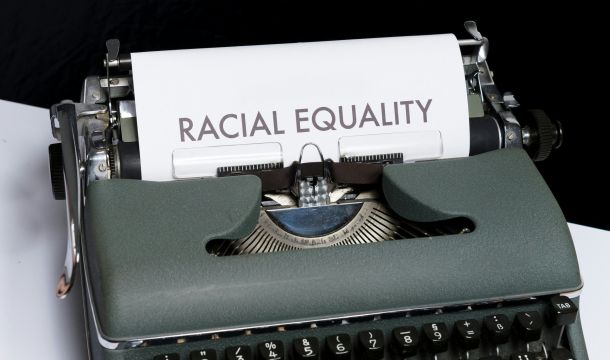OSHA TAKES CONTROVERSIAL POSITIONS ON TOILET ISSUES AT WORK
Many employers may not realize that the Occupational Safety and Health Administration (OSHA) regulates in some ways the use of toilet facilities at work. There are at least three important issues, the number of toilets, access to toilets, and now, the even more controversial issue of transgender bathroom access.
There are OSHA general industry requirements for the provision of toilet facilities at 29 CFR 1910.141(c). These requirements state that "toilet facilities, in toilet rooms separate for each sex, shall be provided in all places of employment in accordance with Table J-1 [printed below] of this section. The number of facilities to be provided for each sex shall be based on the number of employees of that sex for whom the facilities are furnished."
Number of Employees Minimum Number of Water Closets
- 1 to 15 1
- 16 to 35 2
- 36 to 55 3
- 56 to 80 4
- 81 to 110 5
- 111 to 150 6
- Over 150 Provide one additional toilet for each 40 employees
OSHA also weighs in on the controversial issue of access to the toilet facilities. In its most recent pronouncement on the subject, OSHA states that it ". . . has consistently interpreted this standard to require employers to allow employees prompt access to sanitary facilities. Further, employers may not impose unreasonable restrictions on employee use of toilet facilities." In the event employees are not provided reasonable access to the toilet facilities, OSHA can argue that those toilets have not been made "available" to employees, although OSHA cases challenging such denial of access are rare.
This newsletter has previously pointed out how the federal government is moving very rapidly on transgender issues [see February, 2015 newsletter]. The latest OSHA guidance on transgender employees and toilet access is entitled "Best Practices - A Guide to Restroom Access for Transgender Workers." It states that authorities on gender issues counsel that it is essential for employees to be able to work in a manner consistent with how they live the rest of their daily lives, based on their "gender identity." "Restricting employees to using only restrooms that are not consistent with their gender identity, or segregating them from other workers by requiring them to use gender-neutral or other specific restrooms, singles those employees out. . . ." It goes on to state: "For example, a person who identifies as a man should be permitted to use men’s restrooms, and a person who identifies as a woman should be permitted to use women’s restrooms."
The "best practices" advocated by OSHA also provide additional options, which employees may choose, but are not required, to use. These include:
- Single-occupancy gender-neutral (unisex) facilities; and
- Use of multi-occupant, gender-neutral restroom facilities with lockable single occupant stalls.
OSHA also advises under the model practices that employers not require employees to provide any medical or legal documentation regarding their gender in order to access the restroom that corresponds to their gender identity.
While the OSHA requirements for the provision of toilet facilities have been in place for some time, and are enforceable, the new transgender "best practices" are of doubtful enforceability as far as OSHA is concerned. However, the EEOC has taken the position that denying a transgender employees access to a restroom consistent with their gender identity constitutes sex discrimination under Title VII.
Related Content
Get Email Updates
Recent Content

Sad News – Mark A. Waschak – September 13, 1963 – June 27, 2025

Heat Safety Rule Appears to Be Moving Forward

Federal Government to Drop Disparate Impact Basis for Discrimination Claims

E-Verify+

How the DOJ and EEOC Guidance Affects DEI Programs

